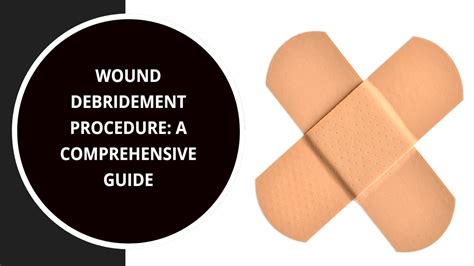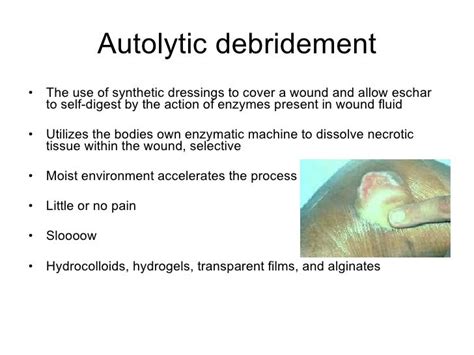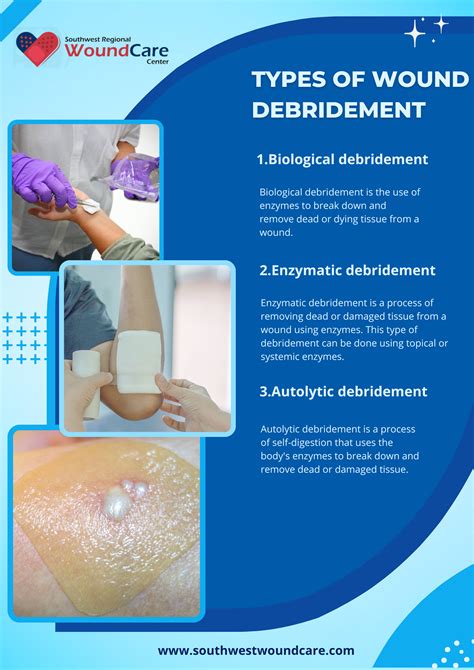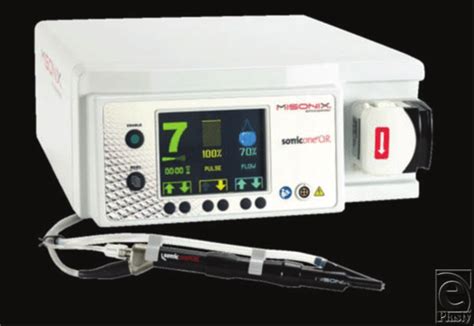Intro
Discover the importance of wound debridement for optimal healing. Learn 7 effective methods to perform debridement, including surgical, autolytic, and enzymatic techniques. Improve wound care with these evidence-based practices, promoting tissue repair, reducing infection risk, and enhancing patient outcomes. Master the art of wound debridement for better healing results.
Wound debridement is a crucial step in the wound healing process, as it involves the removal of dead tissue, bacteria, and other debris that can hinder the healing process. Debridement can be performed in various ways, and the choice of method depends on the type and severity of the wound, as well as the patient's overall health. In this article, we will discuss seven ways to perform debridement of a wound.

What is Wound Debridement?
Wound debridement is a medical procedure that involves the removal of dead tissue, bacteria, and other debris from a wound. The goal of debridement is to promote wound healing by creating a clean and healthy environment that allows the wound to heal faster. Debridement can be performed in various ways, including surgically, mechanically, and enzymatically.
Benefits of Wound Debridement
Wound debridement offers several benefits, including:
- Promoting wound healing by removing dead tissue and bacteria
- Reducing the risk of infection
- Improving the appearance of the wound
- Enhancing the effectiveness of wound care treatments
- Reducing the need for antibiotics and other medications
Types of Wound Debridement
There are several types of wound debridement, including:
- Surgical debridement: This involves the removal of dead tissue and debris from the wound using surgical instruments.
- Mechanical debridement: This involves the use of mechanical devices, such as ultrasonic devices or whirlpool therapy, to remove dead tissue and debris from the wound.
- Enzymatic debridement: This involves the use of enzymes to break down dead tissue and debris in the wound.
7 Ways to Perform Debridement of a Wound
Here are seven ways to perform debridement of a wound:
1. Autolytic Debridement
Autolytic debridement involves the use of the body's own enzymes to break down dead tissue and debris in the wound. This method is often used in conjunction with other debridement methods, such as surgical or mechanical debridement.

2. Enzymatic Debridement
Enzymatic debridement involves the use of enzymes to break down dead tissue and debris in the wound. This method is often used to treat wounds that are infected or have a large amount of dead tissue.

3. Mechanical Debridement
Mechanical debridement involves the use of mechanical devices, such as ultrasonic devices or whirlpool therapy, to remove dead tissue and debris from the wound. This method is often used to treat wounds that are large or have a lot of dead tissue.

4. Sharp Debridement
Sharp debridement involves the use of surgical instruments to remove dead tissue and debris from the wound. This method is often used to treat wounds that are infected or have a large amount of dead tissue.

5. Biosurgical Debridement
Biosurgical debridement involves the use of living organisms, such as maggots, to break down dead tissue and debris in the wound. This method is often used to treat wounds that are infected or have a large amount of dead tissue.

6. Hydrotherapy Debridement
Hydrotherapy debridement involves the use of water to remove dead tissue and debris from the wound. This method is often used to treat wounds that are infected or have a large amount of dead tissue.

7. Ultrasonic Debridement
Ultrasonic debridement involves the use of high-frequency sound waves to remove dead tissue and debris from the wound. This method is often used to treat wounds that are infected or have a large amount of dead tissue.

Conclusion
Wound debridement is a crucial step in the wound healing process, and there are several methods that can be used to perform debridement. The choice of method depends on the type and severity of the wound, as well as the patient's overall health. By understanding the different methods of wound debridement, healthcare professionals can provide the best possible care for their patients and promote wound healing.
We encourage you to share your thoughts and experiences with wound debridement in the comments section below. If you have any questions or would like to learn more about wound debridement, please don't hesitate to ask.
What is wound debridement?
+Wound debridement is a medical procedure that involves the removal of dead tissue, bacteria, and other debris from a wound.
What are the benefits of wound debridement?
+The benefits of wound debridement include promoting wound healing, reducing the risk of infection, improving the appearance of the wound, and enhancing the effectiveness of wound care treatments.
What are the different types of wound debridement?
+The different types of wound debridement include surgical debridement, mechanical debridement, enzymatic debridement, autolytic debridement, biosurgical debridement, hydrotherapy debridement, and ultrasonic debridement.
